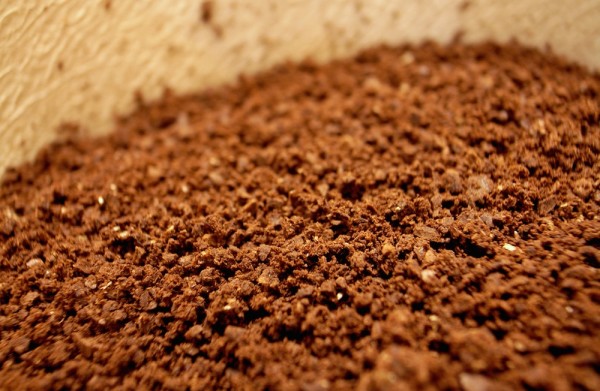Earlier this month, we reported on release by the American Chemical Society leading up to the group’s annual conference that suggested widespread use of filler ingredients like plant husks and twigs in ground coffee products.
The release itself began with the phrase “Coffee drinkers beware,” and the news has since been picked up by hundreds of mainstream news sources in the United States in beyond, with headlines like “Coffee Shortage Spurs Counterfeit Grinds” (CNBC), “Your Coffee Might Have Wheat or Twigs In It” (Time), and “Does Your Coffee Have Dirt in It?” (Yahoo News).
(related: Coffee Doesn’t Dehydrate, According to Study Funded by World’s Largest Coffee Companies)
Speaking in general terms, researchers from the State University of Londrina in Brazil behind the test claimed “producers” were intentionally using filler ingredients, and speculated that their use is likely to become more common. “Surprise ingredients that are neither sweet nor flavorful may be hiding in your coffee, and growing coffee shortages may increase the chance of having these fillers in your cup of joe in the future,” the release said.
As it turns out, the research behind the claims hardly suggests the use of fillers is widespread, on the increase or even affecting consumers outside of a small number in Brazil. Instead, the light research was being used to substantiate the scientist’s primary work, which was a new lab test that they say employs liquid chromatography and statistical tools to separate coffee compounds from filler ingredients to 95 percent accuracy.
(related: European Food Safety Authority Tackling Acrylamide, Seeking Public Consultation)
The National Coffee Association responded to the release and the media outcry that followed by taking the ACS to task. Here’s a portion of their recently released position statement on the ACS announcement:
The ACS’ promotion of the study implies a looming problem with coffee adulteration, which is not the case. The definitive database for food adulteration tracking — the US Pharmacopeial Convention’s Food Fraud Database — contains no reports of current coffee adulteration. Assertions by the ACS of substances being added to coffee are not supported by the facts, and using them to promote a research paper runs counter to essential principles of scientific inquiry.
Coffee’s long supply chain is tightly secured at every step from farm to cup, with significant quality control measures implemented throughout. Along the way: farmers must deliver beans from ripe cherries that are free of debris; exporters and importers sort and grade beans with the help of highly trained “Q Graders” who rate coffees based on an exacting schedule of quality characteristics and “defects;” roasters scrutinize beans to satisfy ever more demanding consumer palates through an intricate process known as “cupping” that identifies extreme flavor assessment that sniffs out any off flavors as well as identifies nuances including acidity, brightness, aroma, flavor notes and mouth feel; and manufacturers have staffs of Quality Control experts on the “line” at roasting plants to monitor coffee quality at every step. In short, there’s no room for stick, twigs, dirt or any other foreign matter to make it through.
The time, effort and money expended in this process make it particularly unsettling when implications or “warnings” are issued as an attention-getting lead, unsupported by facts or figures, in order to promote a newly developed chemical testing technology.
While it may not have been a direct response to the NCA, the ACS shortly thereafter posted a clarification on the release, noting that the research team had only collected samples of coffee commercially available in Brazil. It reads, in part:
The use of commercial coffee from Brazil allowed the researchers to develop and perfect chromatographic methodologies for detecting several filler ingredients common to tested coffee. The resulting methodologies will allow for testing of coffee from any market. Until such testing is done, the results of this research cannot be extrapolated to the U.S. or any other country.
We’d like to offer one further point of clarification. The researchers in question here were not the first to have discovered fillers in commercially available ground coffees. The US Pharmacopeial Convention’s Food Fraud Database, mentioned by the NCA, does indeed have previous examples of fraudulent coffee filler, as documented in other scientific journals and scholarly articles. And in 2012, while announcing the food fraud database, US Pharmacopeia specifically cited coffee as one of the seven foods most prone to “economically motivated adulteration.”
Long story short: While the NCA is totally justified in disparaging this latest round of headlines, there is some historic evidence that may also justify a deeper look into the prevalence of fraudulent fillers.
Nick Brown
Nick Brown is the editor of Daily Coffee News by Roast Magazine.







Comment